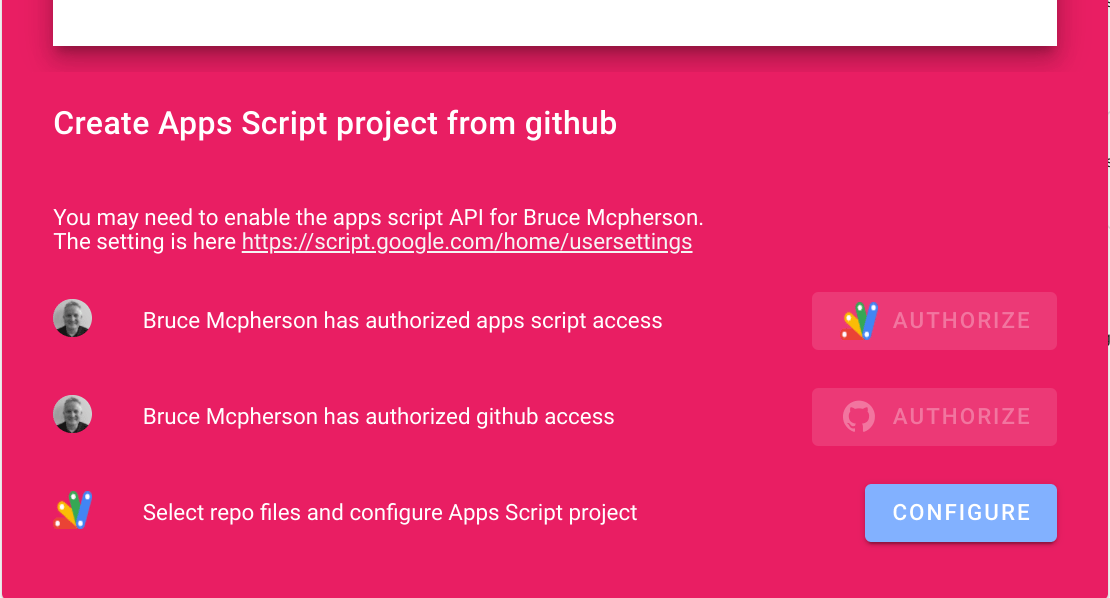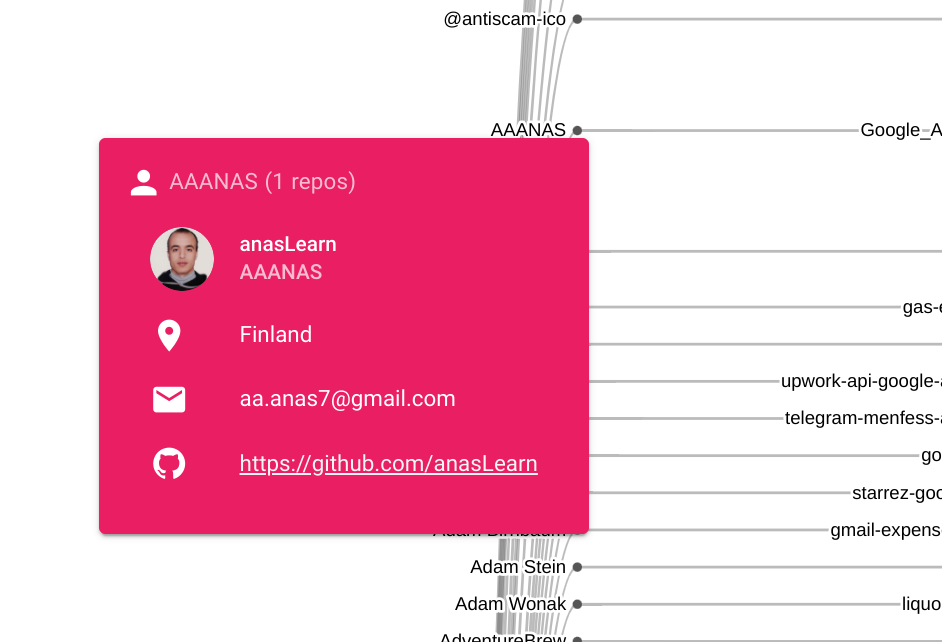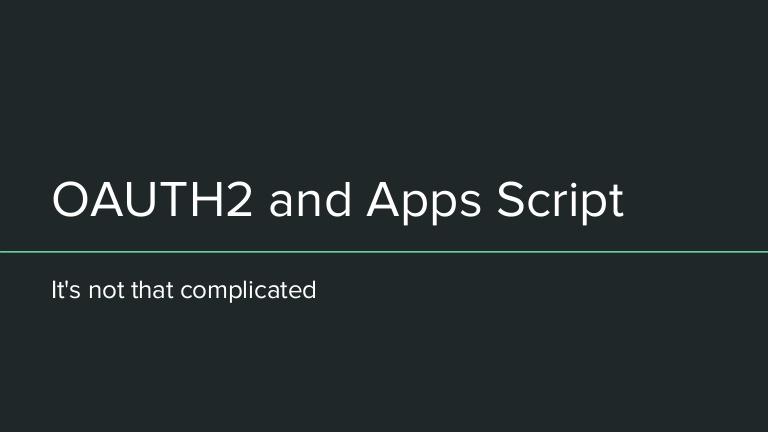I thought it might be useful if you are learning Apps Script to be able to pull in examples to play around with. This latest release adds the ability to configure and clone projects from github directly into the Apps Script IDE.
We’ve previously highlighted Bruce Mcpherson’s visual Google Apps Script explorer tool, ‘scrviz’. If you are not familiar with this it is Bruce has figured a way to search and identify Google Apps Script projects publicly shared on GitHub. In this latest update to the tool you can now clone public Google Apps Script projects from scrviz straight into the Apps Script IDE.
The source link explains more about how you can do this:

Member of Google Developers Experts Program for Google Workspace (Google Apps Script) and interested in supporting Google Workspace Devs.


